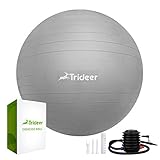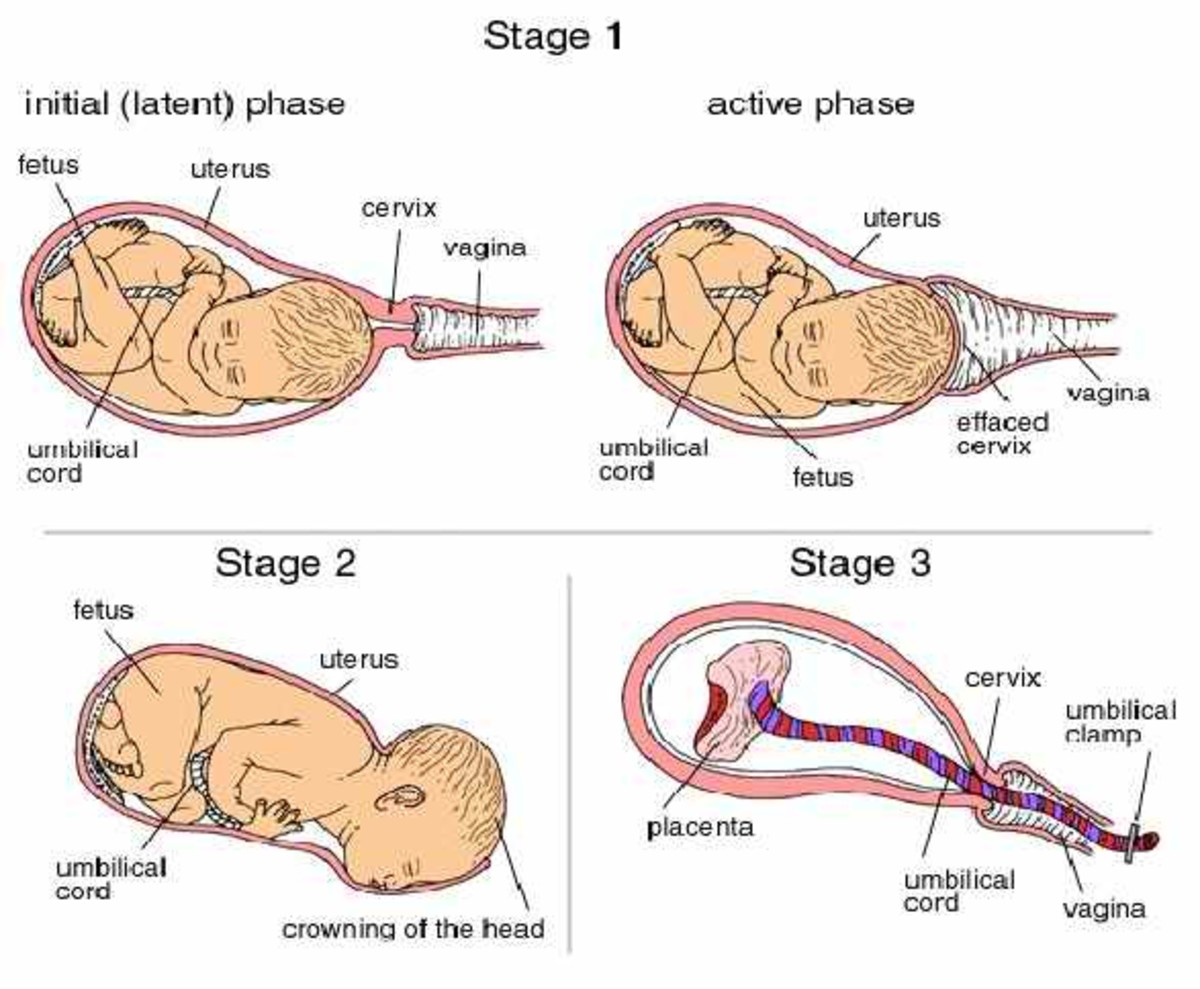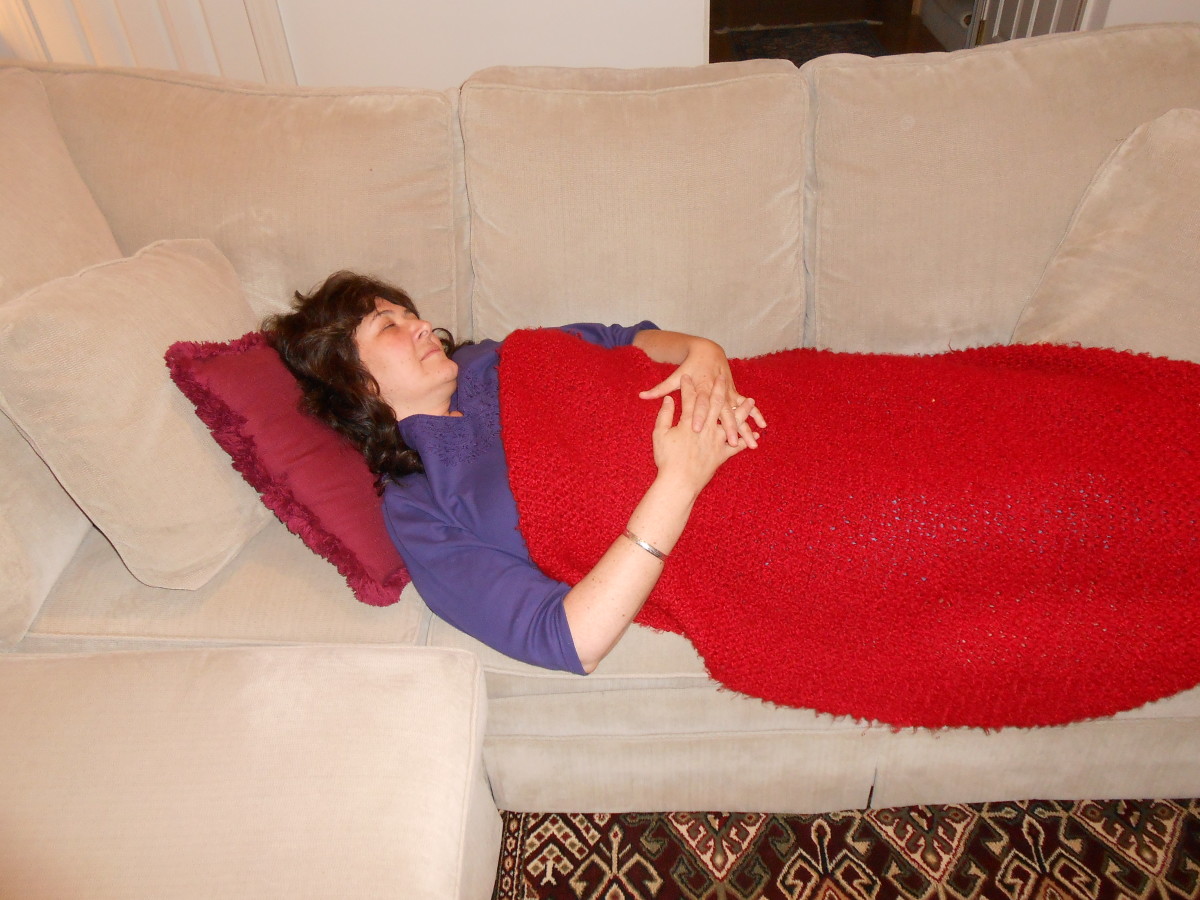- HubPages»
- Health»
- Women's Health»
- Pregnancy
Stages of Labour - Latent and first stage of Labour.
This article is to help you understand the explanations behind the stages of labour and delivery
There are 4 Stages of Labour :
- Latent Phase
- 1st Stage
- 2nd Stage
- 3rd Stage ending with the delivery of the placenta.
This article will explain the latent phase and first stages of labour
This should just be used as guide only, if there any questions or concerns regarding individual cases then you will need to speak to your own health professional ie. doctor or midwife.
Latent Phase of Labour
The latent phase of labour is when the woman may recognise that labour is starting. This phase of labour can be particularly hard as occasionally this can go on for a few days or over a week. The signs of latent phase are:
- Period type pains
- Backache
- Irregular contractions
- Short lasting contractions (under 1 minute)
You may need to take analgesia and get some rest at home for instance as that is the best place you can be in the latent phase.
What can I do to help with Latent phase of Labour?
- Warm Bath - using the bath can really help in this phase of labour especially if you have backache or period type pains.
- Analgesia - if you are unable to sleep because of tightening's then a light analgesic will be ok to take such as paracetamol-check with your doctor or midwife first. It would be a good idea to set up your tens machine if you have one as they can be particularly useful in latent phase of labour.
- Birthing ball - you can get these very easily from sports shops or online listed below. What this does by sitting on the ball is open up the diameters of your pelvis so that baby's head can press down onto your cervix, the action of this helps release oxytocin and bring on contractions more.
- Eat and drink normally - Have something to eat that will give you long lasting energy such as a sandwich or bananas. Sweet chocolate bars and energy drinks are OK however they are very short lasting. Your uterus is a muscle and needs energy to function properly if you have no energy then your contractions could slow down or even stop altogether.
What happens to the cervix?
The latent phase is all about the key changes going on to the cervix that are preparing for the birth of your baby. The Cervix is the entrance to your womb (uterus) and therefore it is usually tightly shut and has a thick, firm consistency not unlike your nose!
When you come to the end of your pregnancy and ready for labour, your cervix becomes softer and squishier and flattens out slightly or gets thinner. Inside your cervix, the mucous plug (show) may fall away, which was what was protecting your baby throughout your pregnancy. This maybe jellylike and have light streaks of blood in it which is quite normal. If you are losing a heavier amount of blood then you need to phone the hospital straight away. The cervix may also open up a little however in order for contractions to start regularly the baby's head needs to be well engaged into the pelvis and pressing upon your cervix.
When will my waters break?
If I had a definite answer to that then I would be a millionaire!...Your waters can break at anytime either before labour starts, during labour they may not break at all! There are many deliveries I have done when the baby has come out with the bag of waters intact. (and is supposed to be very lucky!)
If you are at home and your waters break you will need to get the advice of your hospital or midwife. Put on a sanitary towel and note the colour of your water, this may sound strange but it can tell a lot on whether baby is happy or not. If the water is clear or straw coloured then this is normal, if it is green, brown or blood stained then it could mean that baby is not so happy and therefore you will need to contact your hospital immediately and get advice.

First Stage of Labour
The First stage of labour is when the nature of contractions change and become stronger and longer in length.The signs of first stage of labour are
- Regular contractions - Your contractions change from being irregular in the latent phase to coming regularly. Time your contractions every 10 minutes for a 30 minute period and see what happens. If you are contracting about 3 times in 10 minutes then you could be in labour.
- Long lasting contractions - The length of your contractions change from very short, lasting under 30 seconds going up to over a minute in length.
- Stronger - They become more painful to bear and change from period type pains and backache to pains that are coming and going regularly, you may need to use further analgesia and are having to breathe through these contractions as they are coming.
What happens to the cervix?
A cervix in active or established labour is very thin and dilates from 4cm upwards with the fetal head pressing down on the cervix to help labour progress. The cervix then dilates until it is fully dilated (10cm) to allow the fetal head to come through the birth canal.
The first stage is also known as established labour or Active phase of labour and is dependent upon a few factors.
- Baby's position - this is particularly important. The baby's head must be well down into the pelvis and pressing close onto the cervix in order to allow labour to progress, however babies can 'pivot' around on its head so that its spine is against yours or he/she is looking sideways. The diameters of the fetal head allow for delivery when the fetal back is around to your front, the head can be delivered if baby is back to your back, however the labour can be longer.
- Maternal position - keeping upright and mobilising will help. Standing up or sat on birthing ball will encourage labour to progress. Humans are mammals and they are designed to give birth squatting or stood upright, so let gravity take its course. It makes more sense to do this, you don't see mammals laying down on a bed!
- Coping mechanisms - this stage of labour is the hardest and if a woman can keep calm and relax more in labour it can help her to cope more with the pain there are various ways of doing this.
- Self help - learn more about labour,go to any of the antenatal classes available to you so that you know exactly what is happening. This can make you feel more in control and less frightened.
- Learn relaxation and breathing techniques. Some women use complimentary therapies such Water Birth, Homeopathy, Reflexology or even Hypnobirthing.
- Have a supportive partner, friend or relative when you are in labour and stay positive.
- Stay in control throughout your labour, contractions are painful but you control them, don't let the contractions control you!
- Use the pain relief on offer to you if you need it.
Other Labour related articles
- Second and Third stages of labour explained
What ids the second stage of labour? What does it feel like? How is the placenta delivered and when? Read this useful article and find out.









